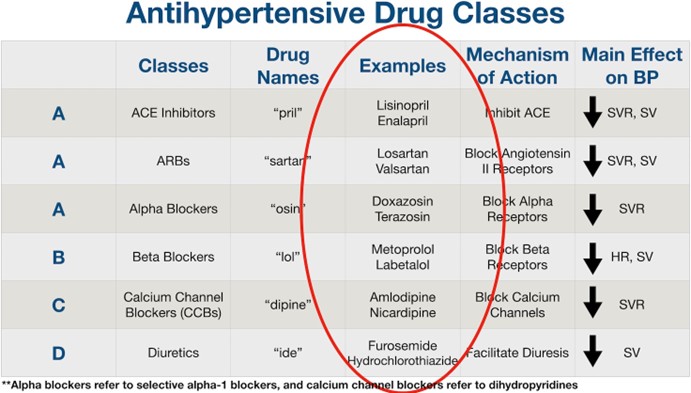The practical nurse (PN) reviews the history of an older adult who is newly admitted to a long-term care facility. Which factor in the resident's history should the PN consider the most likely to increase the client's risk for falls?
Ankle ulcer that is healing slowly.
History of alcohol abuse and cigarete smoking.
Recent weight gain of twenty pounds.
Newly prescribed antihypertensive medication.
The Correct Answer is D
This is the factor that the PN should consider the most likely to increase the client's risk for falls because it can cause orthostatic hypotension, dizziness, or fainting, especially when the client changes position or gets up from bed or a chair. The PN should monitor the client's blood pressure and pulse before and after administering the medication and assist the client with ambulation and transfers.

A. An ankle ulcer that is healing slowly is not a major risk factor for falls and may not affect the client's mobility or balance.
B. History of alcohol abuse and cigarette smoking is not a major risk factor for falls unless the client is currently intoxicated or has a chronic lung disease that impairs oxygenation or cognition.
C. Recent weight gain of twenty pounds is not a major risk factor for falls unless it causes joint pain, edema, or difficulty moving.
Nursing Test Bank
Naxlex Comprehensive Predictor Exams
Related Questions
Correct Answer is A
Explanation
The correct answer is Choice A. Temperature. Choice A rationale:
The practical nurse (PN) should complete the data collection for temperature first. A large amount of sanguineous drainage on the abdominal incision dressing could indicate possible infection or a change in the client's condition. Elevated temperature may be an early sign of infection, which requires immediate attention and appropriate intervention.
Choice B rationale:
Assessing the pain scale is important, but it can be addressed after completing the data collection for temperature. Pain assessment is essential for providing appropriate pain management, but it is not the most urgent concern when there is a significant amount of drainage from the incision site.
Choice C rationale:
Checking bowel sounds is relevant in postoperative care, but it is not the priority at this moment. Abdominal incision drainage takes precedence as it may indicate a more critical issue that requires immediate attention.
Choice D rationale:
Monitoring blood pressure is essential, but it is not the most immediate concern in this scenario. A large amount of sanguineous drainage from the abdominal incision takes precedence over blood pressure monitoring at this time.
Correct Answer is D
Explanation
The correct answer is choice D: Provide fluid and electrolyte replacement. Choice A rationale:
Isolating all infectious diarrhea victims is not the highest priority in this situation. While it is essential to prevent the spread of cholera, immediate medical intervention to treat those affected takes precedence.
Choice B rationale:
Administering prophylactic antibiotics as prescribed is not the highest priority because it focuses on prevention rather than treatment. In the case of a cholera outbreak, it is more critical to address the immediate needs of those already diagnosed.
Choice C rationale:
Administering cholera vaccines may be part of a preventive strategy, but it is not the highest priority during an active cholera outbreak. Vaccination takes time to develop immunity, and the focus should be on treating those already affected.
Choice D rationale:
Providing fluid and electrolyte replacement is the highest priority in managing cholera. Cholera is characterized by severe diarrhea and dehydration, which can lead to life-threatening complications. Promptly restoring fluids and electrolytes helps prevent shock and organ failure.
Whether you are a student looking to ace your exams or a practicing nurse seeking to enhance your expertise , our nursing education contents will empower you with the confidence and competence to make a difference in the lives of patients and become a respected leader in the healthcare field.
Visit Naxlex, invest in your future and unlock endless possibilities with our unparalleled nursing education contents today
Report Wrong Answer on the Current Question
Do you disagree with the answer? If yes, what is your expected answer? Explain.
Kindly be descriptive with the issue you are facing.
